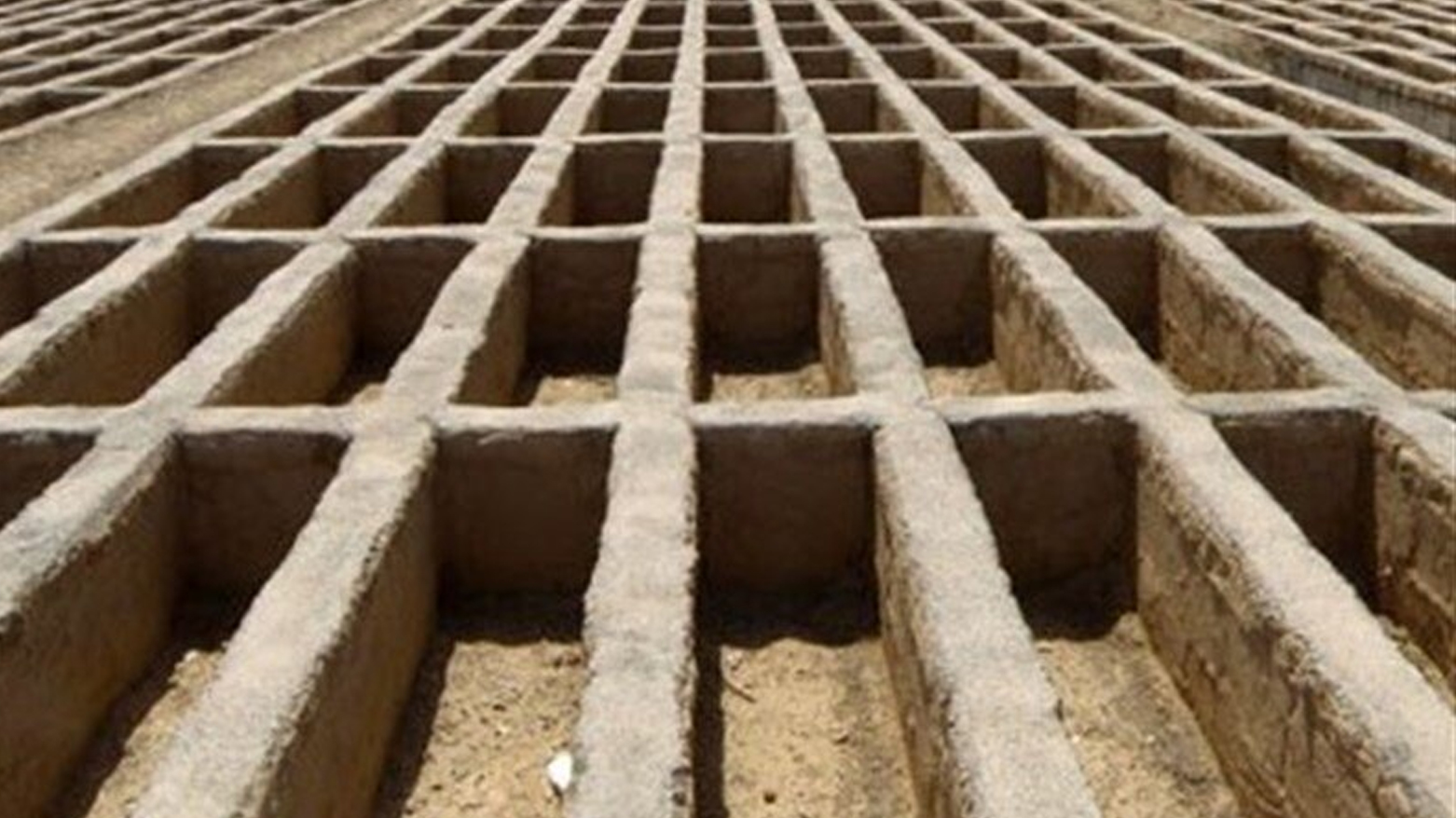Burial costs soar in Iran as grave prices hit record highs in Mashhad
Burial costs in Iran's Mashhad have surged to record highs, with graves near the Imam Reza shrine costing nearly 2 billion tomans ($16,000). The crisis has forced families to sell possessions to bury loved ones near religious sites.

ERBIL (Kurdistan 24) – The cost of burial in Iran has surged dramatically alongside food and daily living expenses, with the price of a single grave in major cemeteries of Mashhad—such as Beheshte Imam Reza and Beheshte Jawad al-A’immah—reaching nearly 2 billion tomans, equivalent to about 16,000 US dollars, according to a report by the Iranian daily Ettela’at.
The report described the situation as “staggering,” noting that while graves in smaller towns and rural cemeteries cost less than 8 million tomans (near to 79$) , prices in Mashhad’s holy sites have skyrocketed as burial plots near the shrine of Imam Reza and other religious figures become increasingly sought after.
The soaring costs have driven many urban residents to seek free burial grounds in nearby villages, often displacing local families. Fatemeh, a resident originally from a village near Mashhad, said that when her family recently buried a relative, they found their village cemetery “full of strangers.”
“City dwellers have taken over our village cemetery because burials here are free and our village is close to the famous cemeteries of Mashhad,” she said. “Those who cannot afford burial in the city bring their dead here, and now there is no space left for our own relatives.”
Hasan, from another nearby village close to Beheshte Rezvan cemetery, shared a similar account, saying the situation has become so severe that villagers now guard their cemeteries at night.
“Our cemetery is small. Recently, unknown people come at night and secretly bury their dead here. Even though we’ve built a wall around it, it hasn’t helped. We’ve had to stay up at night to stop outsiders from using our cemetery,” he said.
For many families, the surge in grave prices has turned fulfilling a loved one’s final wish into a financial burden. Aniseh, whose grandmother recently passed away, said her family spent about 2 billion tomans on funeral expenses, including the shroud and burial costs.
“In our family, we believe we must honor the wishes of our deceased, whatever it takes,” she said. “My grandmother’s only wish was to be buried in the Imam Reza shrine. But graves there are so expensive, and they don’t sell on credit. We had to sell everything we owned to make it happen.”
Similarly, Mansoureh, visiting her father’s grave at Khwaja Rabi Cemetery, said her father had wished to be buried near Imam Reza’s shrine, but even selling her gold jewelry wasn’t enough.
“My father’s burial cost nearly one billion tomans. I sold all my gold but still couldn’t afford a plot near the shrine,” she explained. “Honestly, I was relieved not to bury him there. It has become a place of vanity where people boast about how close their family graves are to the Imam.”
Issazadeh, the director of Beheshte Reza cemetery in Mashhad, confirmed that grave prices are reviewed annually by the city council and adjusted at the beginning of each new year. He added that certain cemeteries offer installment plans and even “pre-sale” options for those wishing to secure a plot before death.
“At Beheshte Jawad al-A’immah, graves can be purchased in installments,” Issazadeh said. “One-third of the cost must be paid upfront, and the rest within two months. We also have pre-sale plots, which are slightly more expensive but allow people to buy their graves in advance and avoid burdening their families later.”
From villagers forced to protect their cemeteries from outsiders to families selling possessions to bury loved ones near religious sites, the crisis in Mashhad reflects a growing social divide — one that now extends from the marketplace to the grave.
